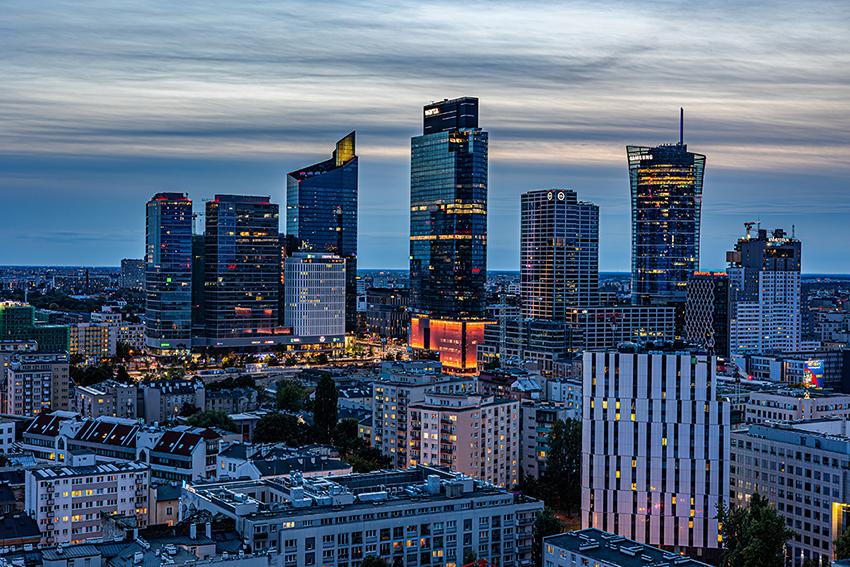2024-12-30
indicators

The year 2025 is poised to bring transformative changes to the real estate market, marked by technological advancements, sustainability goals, and evolving workplace needs. According to Marcin Kosieniak, MEP specialist and co-owner of the project office PM Projekt, trends such as energy-efficient building systems, artificial intelligence (AI) integration, and increasing demand for certified green buildings will dominate the sector. However, challenges like high implementation costs and the lack of standardized data collection methods remain significant hurdles. A Focus on Energy Efficiency Energy efficiency has become a cornerstone of modern real estate, driven by rising energy costs and the push for sustainable construction. “In 2025, energy efficiency will solidify its place as a key priority in building design and operations. Every project we handle prioritizes systems that deliver both immediate and long-term energy savings,” says Kosieniak. The emphasis on sustainability extends beyond construction to ongoing building management, ensuring reduced operational costs and environmental impact. Energy-efficient systems, coupled with innovative technologies, are becoming the norm in real estate projects. Artificial Intelligence: A Game Changer for Real Estate The adoption of AI is revolutionizing the real estate sector. Between 2022 and 2023, global interest in AI surged by 700%, with applications ranging from design optimization to building management. Kosieniak highlights the transformative potential of AI, particularly in managing ventilation, cooling, and heating systems. Advanced solutions like variable airflow regulators, which adjust air supply based on CO2 levels or occupancy, are already in use. “AI allows us to design solutions that improve energy savings and user comfort. Systems can learn user behavior, optimize room temperature based on factors like sunlight, electricity prices, or upcoming events, and adapt dynamically,” he explains. This precision can significantly enhance both efficiency and the user experience. The Challenges: Data Collection and Costs Despite its potential, widespread adoption of these technologies faces two key obstacles: high implementation costs and insufficient data collection tools. “Data collection in real estate is still a challenge, compounded by the lack of uniform guidelines and tools. Integration of systems also remains costly,” Kosieniak notes. While open-source models and collaborations might address these issues, the market’s dominance by large players poses a barrier. However, the growth of startups may introduce more affordable and innovative solutions in the near future. Certified Green Buildings on the Rise The demand for certified green buildings is increasing rapidly. According to the Polish Ecological Construction Association (PLGBC), the number of certified buildings in Poland grew by 24% in 2024, with more than 2,000 buildings now meeting these standards. “Certification not only demonstrates ecological responsibility but also significantly enhances a building’s value for investors and aligns with regulatory requirements,” Kosieniak explains. However, he emphasizes the pressing need for standardized methods to calculate the carbon footprint of buildings. “Lack of a universal method for carbon footprint calculation remains a significant challenge for companies and specialists alike,” he adds. Office Spaces Designed for Well-Being As the workplace evolves, modern office design is focusing on employee well-being. “For the past two years, we’ve questioned whether hybrid or remote work would eliminate the need for offices. But the trend now is creating spaces that attract employees by prioritizing comfort, aesthetics, and functionality,” says Kosieniak. New office designs aim to enhance the work environment, making offices not just places to work but spaces that promote health, collaboration, and productivity. This shift is transforming how companies view their office spaces and their role in employee satisfaction. Looking Ahead The real estate sector in 2025 will balance technological innovation with sustainability and user-centered design. While challenges like cost barriers and data standardization persist, the adoption of advanced systems and a commitment to green construction signal a promising future. As Kosieniak concludes, “The sector is at a crossroads where innovation, sustainability, and human-centric design come together to redefine the built environment.” Source: PM Projekt

